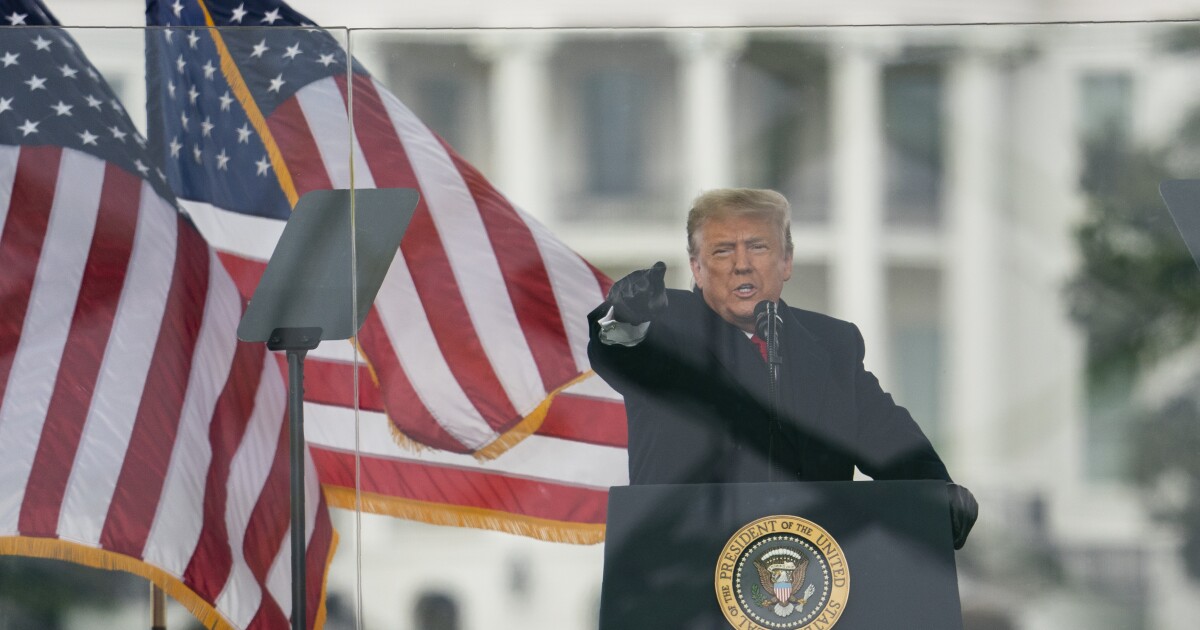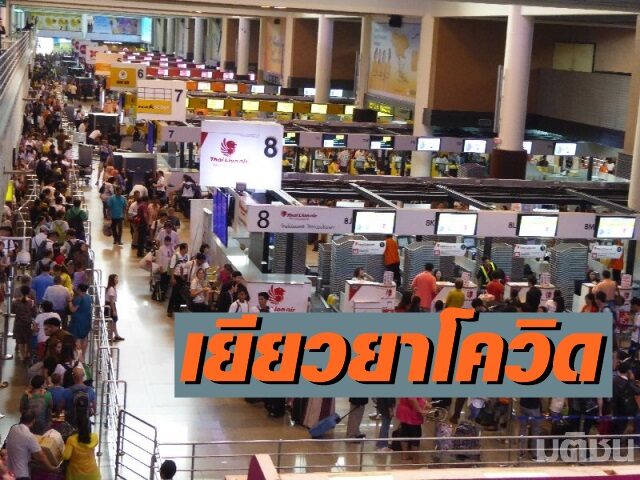With only 12 days to go until the end of his term, President Donald Trump announced Friday that he will not attend the inauguration of President-elect Joe Biden on January 20, despite his message the day before that he would strive to ensure a “Smooth, orderly and harmonious transition of power” to his successor.
Trump gave no indication of what he will do during his final hours in office. He will be the first president since Andrew Johnson (1865-1869) not to attend the inauguration of his successor. Traditionally, incoming and outgoing presidents go together to the Capitol for the ceremony as a symbol of a peaceful transition.
Two days ago, a violent mob of Trump supporters stormed the Capitol for several hours as lawmakers counted the electoral votes that certified the Democrat’s victory.
Biden will be president on January 20 at noon, regardless of what Trump does.
“To all who have asked, I will not attend the inauguration on January 20,” Trump tweeted. It was a planned decision, as for months Trump falsely declared that he won the November 3 election and proclaimed unsubstantiated allegations of voter fraud. His own government, however, said the election proceeded normally.
Vice President Mike Pence is expected to attend the ceremony.
Biden’s transition team did not comment on Trump’s announcement, but Jen Psaki, who will serve as the new president’s press secretary, said last month that Trump’s attendance or not was not among Biden’s main concerns. .
In a video from the White House on Thursday, Trump condemned the violence unleashed on his behalf a day earlier on Capitol Hill. Then, for the first time on camera, he acknowledged that the end of his presidency was approaching, although at no time did he mention President-elect Joe Biden by name or explicitly say that he had lost.
“On January 20 a new government will be sworn in,” Trump said in the video. “My focus is now on ensuring a smooth, orderly and harmonious transition of power. This is a moment that demands healing and reconciliation.
The speech, apparently designed to stifle calls for his early and forced departure from the White House, was the culmination of a day in which the cornered president remained out of public view in the White House. With some of his preferred lines of communication blocked on the internet, he received the resignations of several of his main allies, including those of two federal cabinet secretaries.
And while the authorities analyzed the aftermath of the seizure of the Capitol by a Trumpist mob, discussions multiplied about the possibility of submitting him to a second impeachment or invoking the 25th Constitutional Amendment, under which the vice president and a majority of the Cabinet can ask – and Congress confirm – his removal due to disability.
The invasion of the Congress building, a powerful symbol of the nation’s democracy, shook Republicans and Democrats alike. They battled over what is the best way to contain the impulses of a president considered too dangerous to control his own social networks, but who is still the commander in chief of the most powerful army in the world.
“I’m not worried about the next election, I’m worried about going over the next 14 days,” said Republican Senator Lindsey Graham, one of Trump’s staunch allies. He condemned the president’s role in Wednesday’s riots, saying: “If something else happens, all options are on the table.”
The Speaker of the House of Representatives, Nancy Pelosi, declared that “the president of the United States incited an armed insurrection against the United States.” He noted that Trump was “a very dangerous person who should not continue in office. This is urgent, an emergency of a capital magnitude ”.
None of the options to remove Trump from office seemed likely, as there is little time left in his term to gather the necessary cabinet members to invoke the amendment or to organize the hearings and process necessary for an impeachment, but the fact that those drastic options were even the subject of discussion in Washington’s halls of power served as a warning to Trump.
Fears about what a desperate president might do in his final days in office spread throughout the nation’s capital and beyond. There was even speculation that Trump could incite more violence, make rash appointments, issue reckless pardons – even for himself and his family – or even trigger a destabilizing international incident.
The video of the president, which was posted on Thursday after the suspension of his Twitter account ended, was completely different from the one he had uploaded just 24 hours earlier, in which he told the violent mob: “We love you. They are very special”. His refusal to condemn the violence provoked an avalanche of criticism and, in the new video, he finally censored “the anarchy and chaos” of the protesters.
Attendees said the video was also aimed at curbing a mass exodus of staff and avoiding potential legal problems for Trump once he leaves office. White House Counselor Pat Cipollone has repeatedly warned the president that he could be held responsible for inciting the violence Wednesday.
As for his feelings about leaving office, he told the nation that “being your president has been the honor of my life,” while hinting at his return to the public arena. “Our incredible journey is just beginning,” he said.
Few aides had a clue of the president’s plans, and some wondered if Trump would stay out of sight until he left the White House. But the president has asked attendees to explore a possible farewell trip to the Mexican border next week as a means of highlighting his immigration policies.
___
Lemire reported in New York. Associated Press journalist Jill Colvin in Washington contributed to this report.
–


